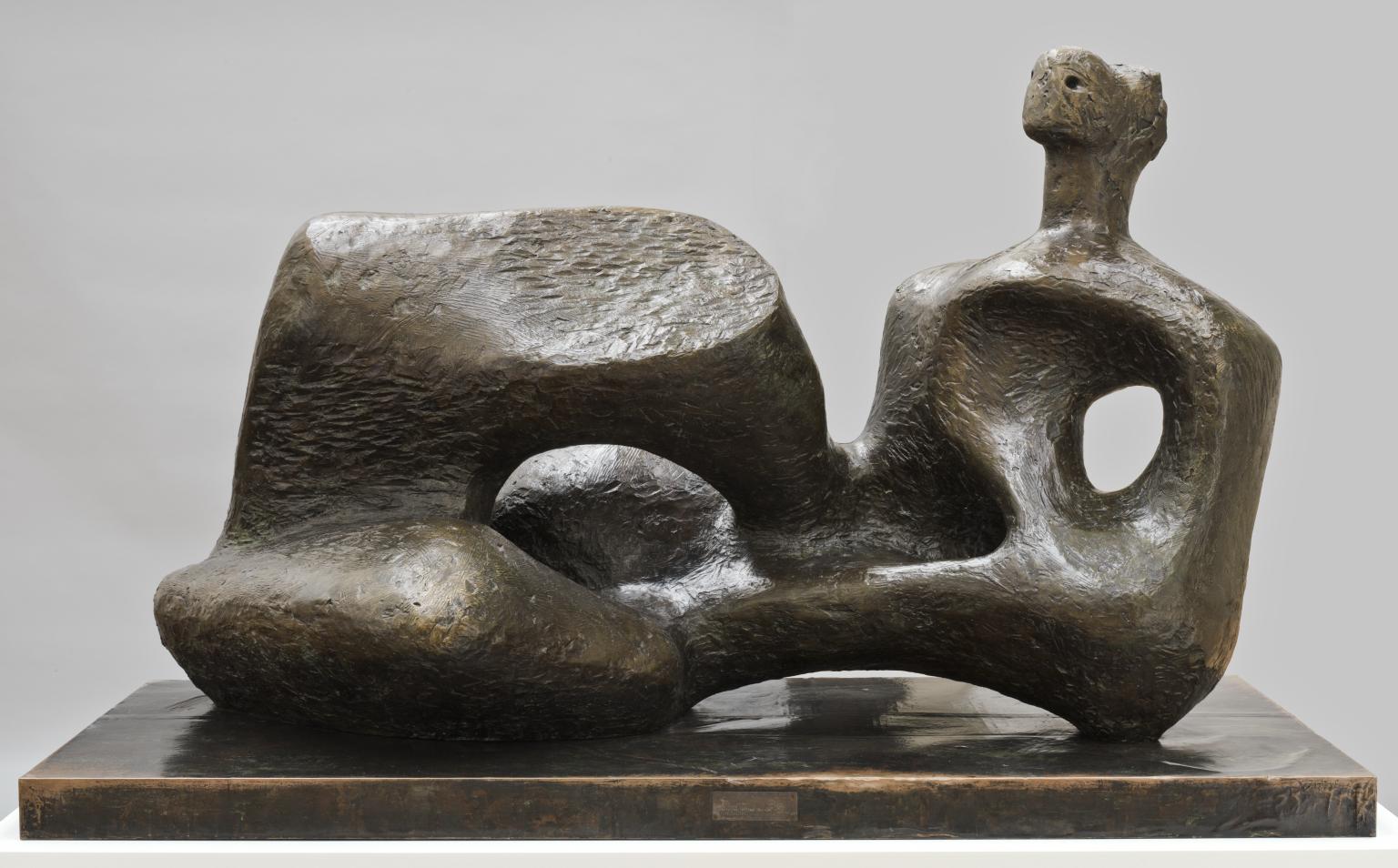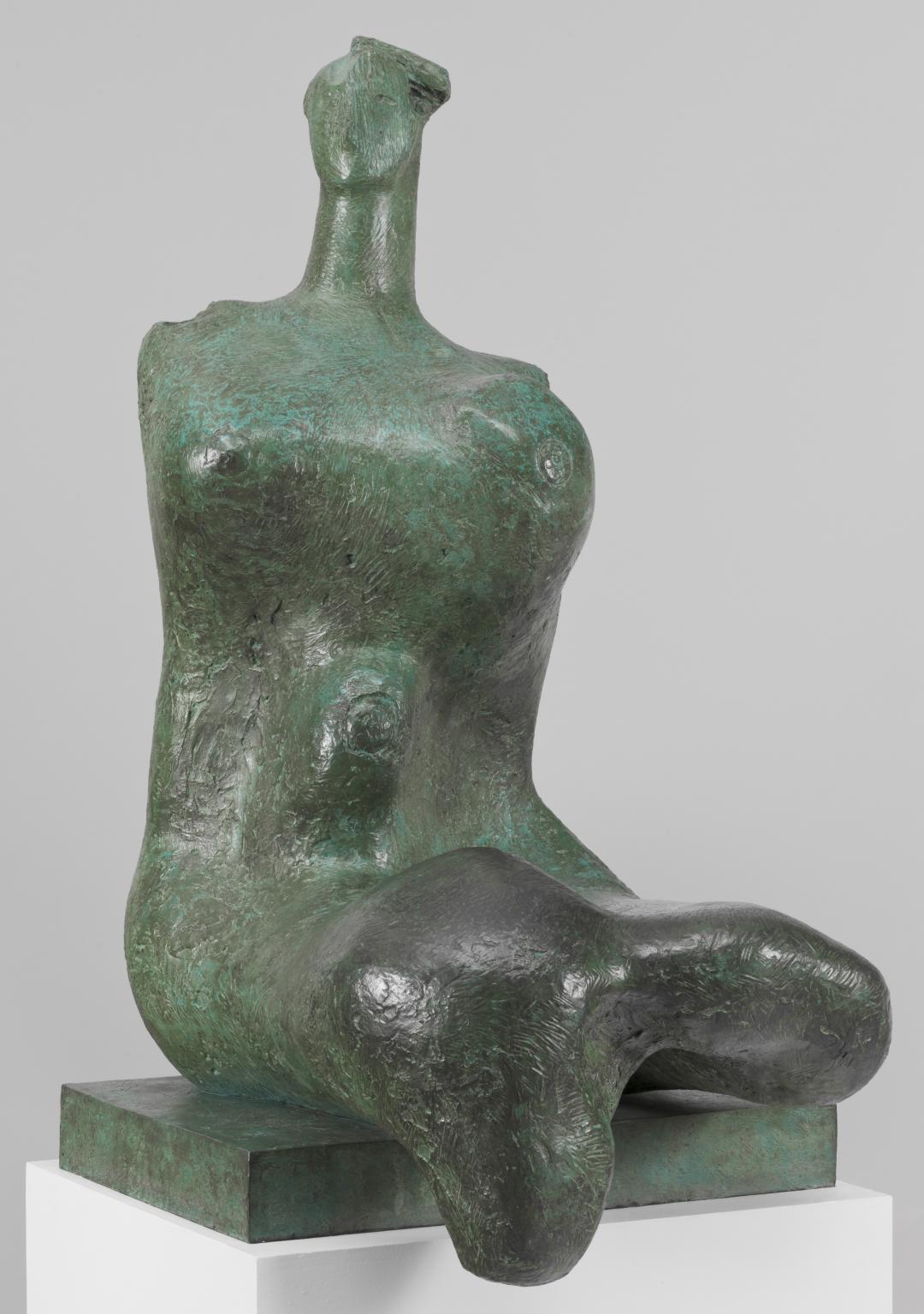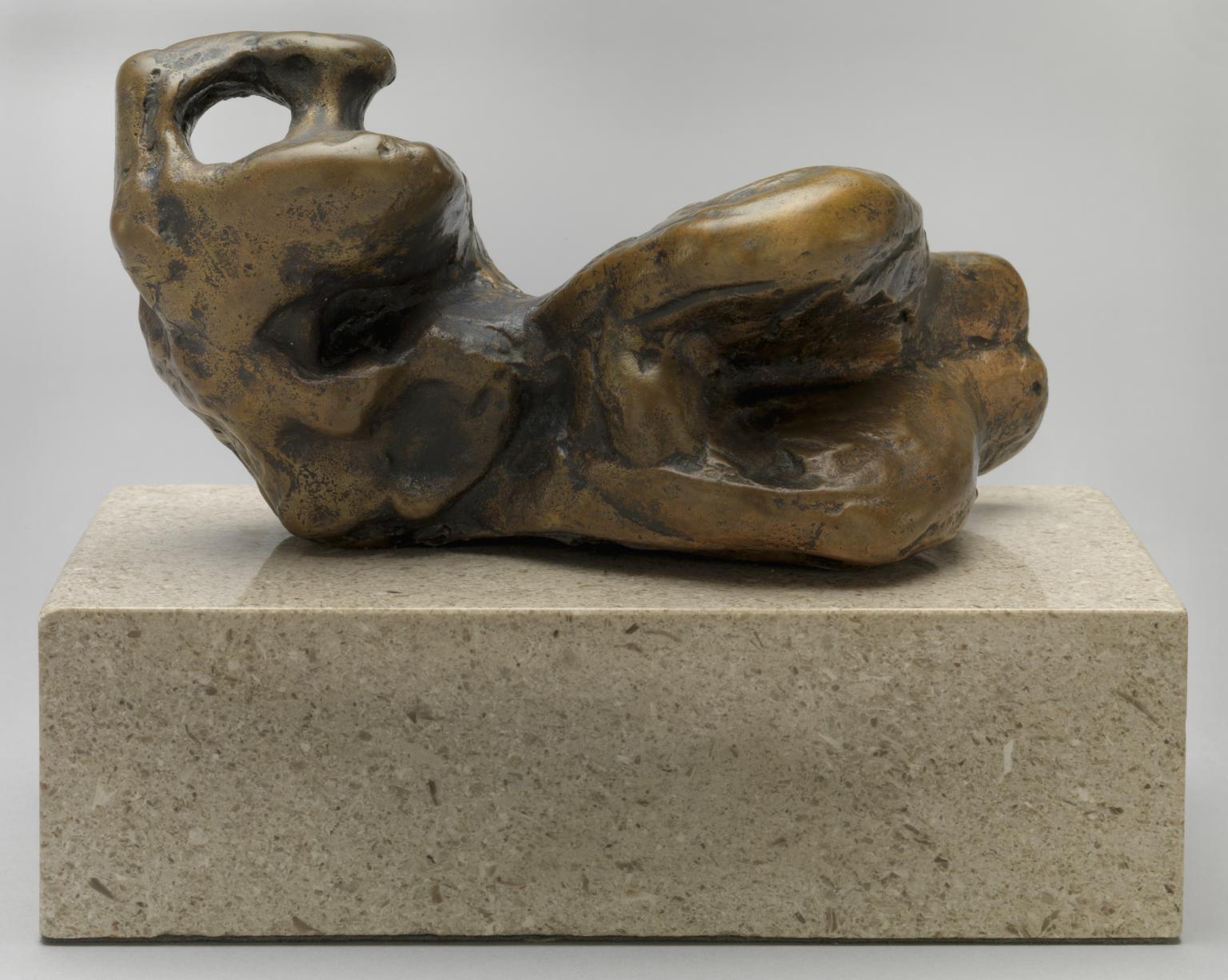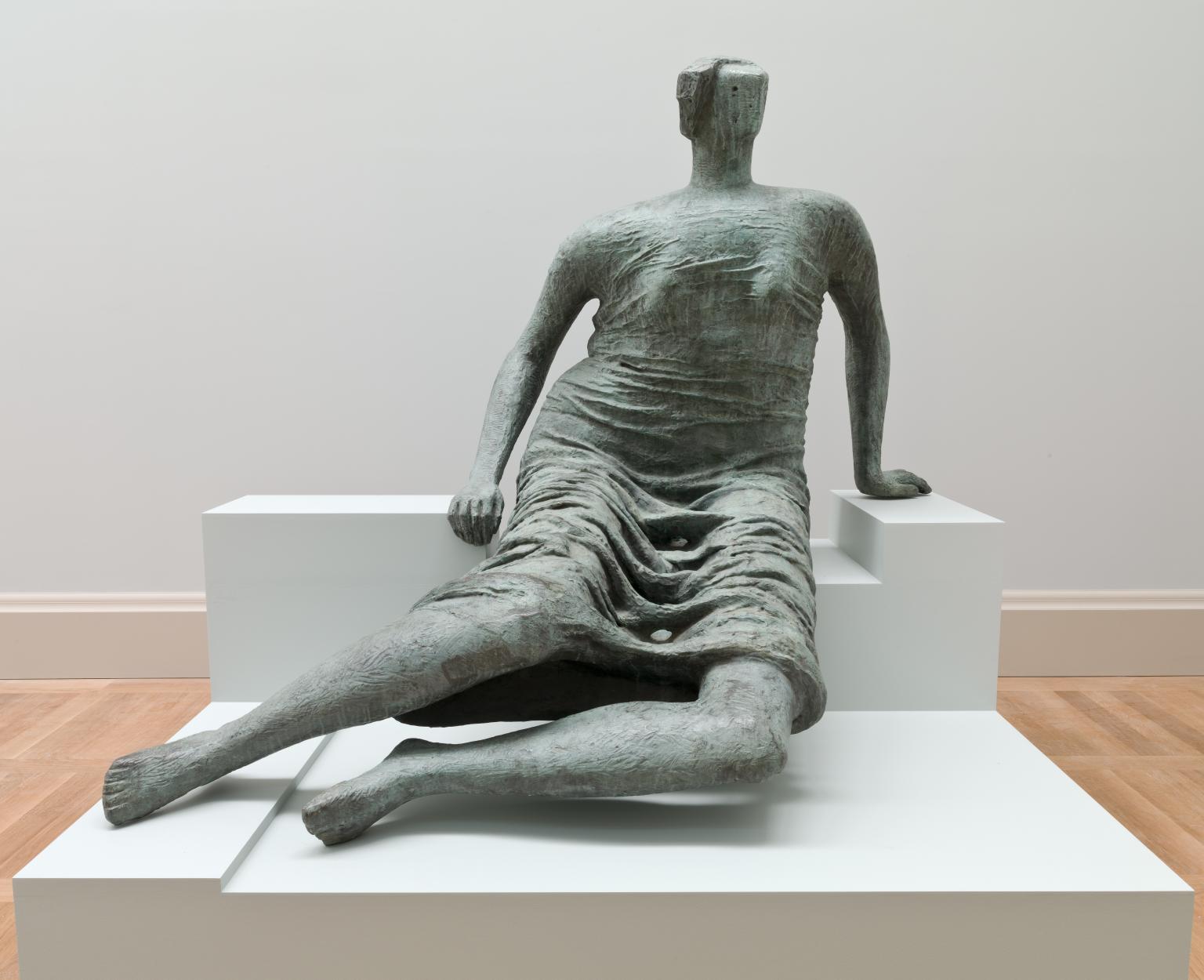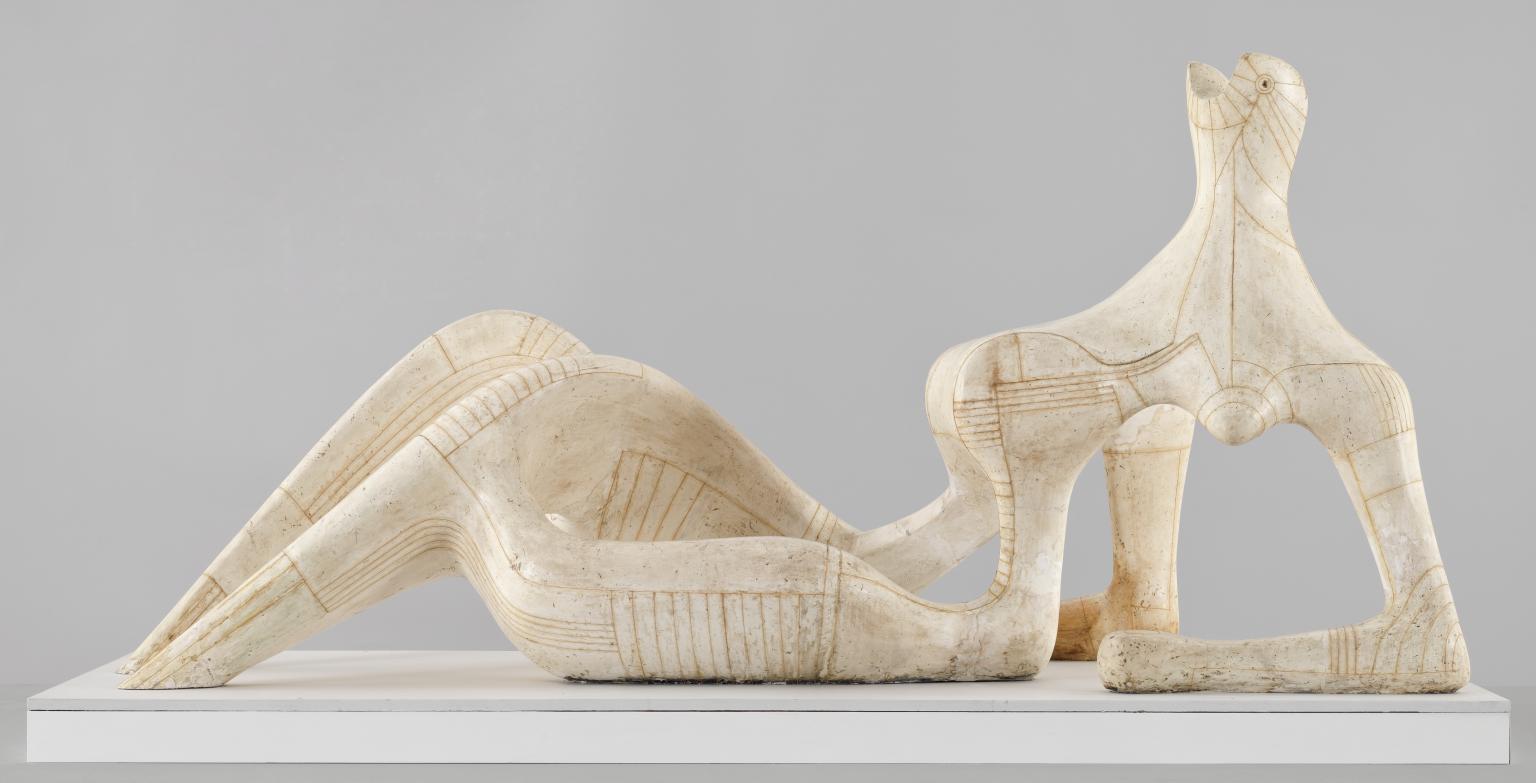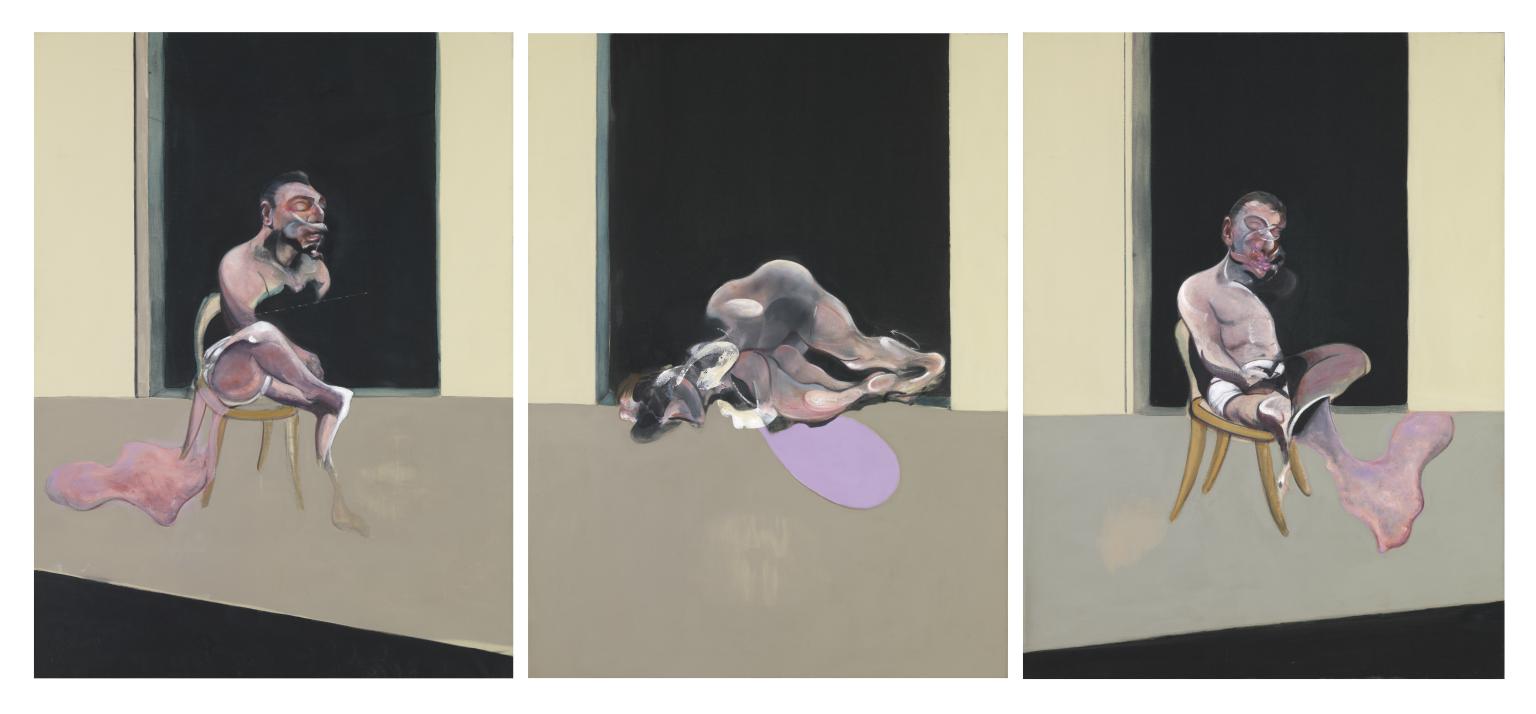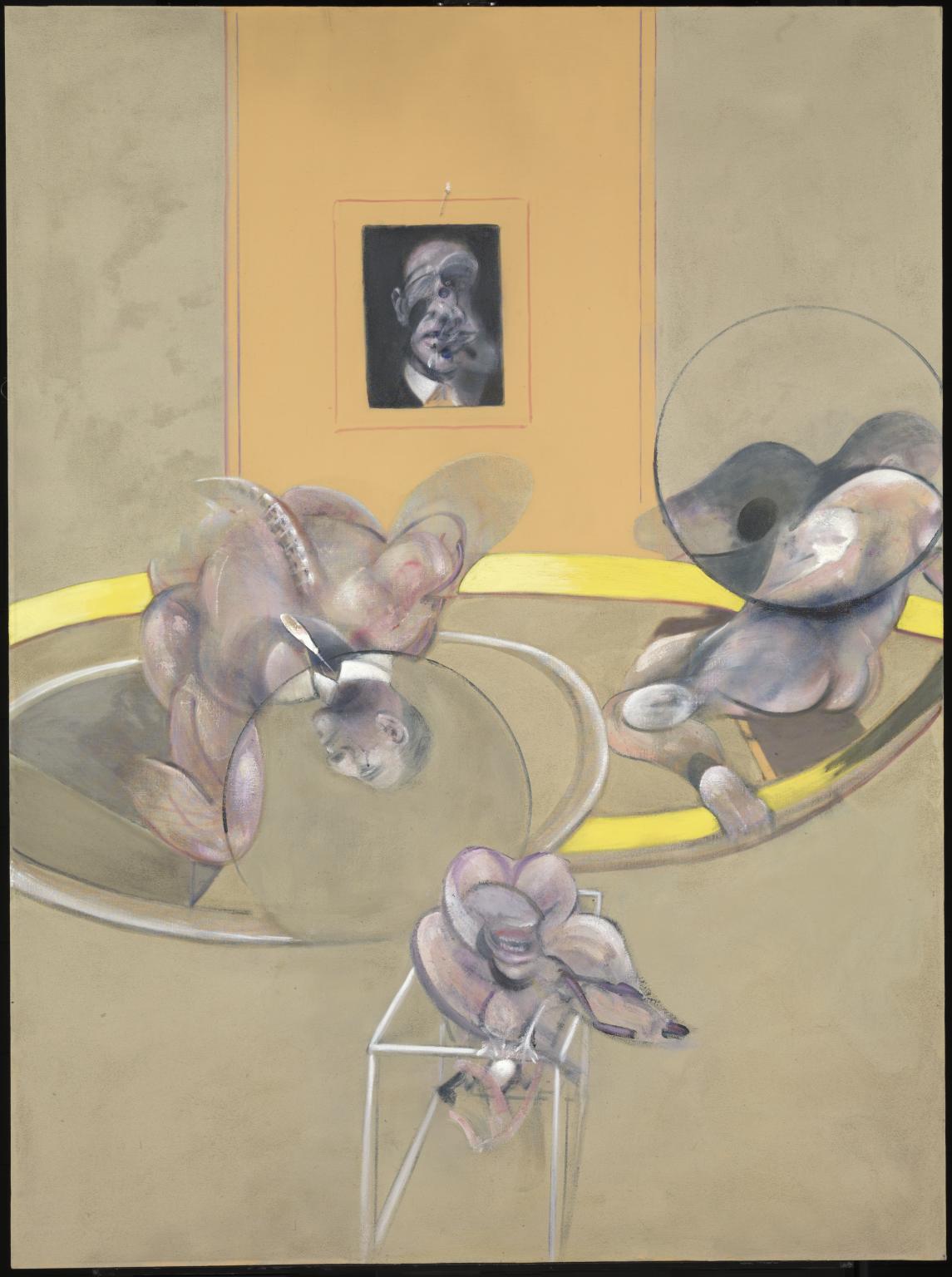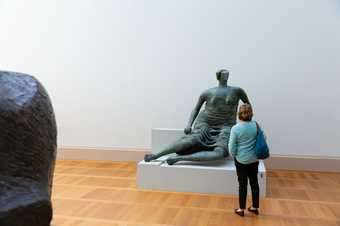Gain insight into the process behind Henry Moore’s large public commissions
The second room of the display looks at a selection of Henry Moore’s large public commissions, offering a fascinating insight into the process he used to make them.
In the 1950s and 1960s, Moore worked almost exclusively in plaster to be cast in bronze and around themes of the body, landscape and nature. He became known for his large-scale works that were made for locations as diverse as new housing estates in London, the UNESCO headquarters in Paris, and Dallas City Hall.
The major works in this new display, including Reclining Figure 1951, and Draped Seated Woman 1957–8, are exhibited alongside drawings and maquettes, as well as film and photographs of the artist at work in his studio.
Tate Britain
Main Floor
Art in this room
